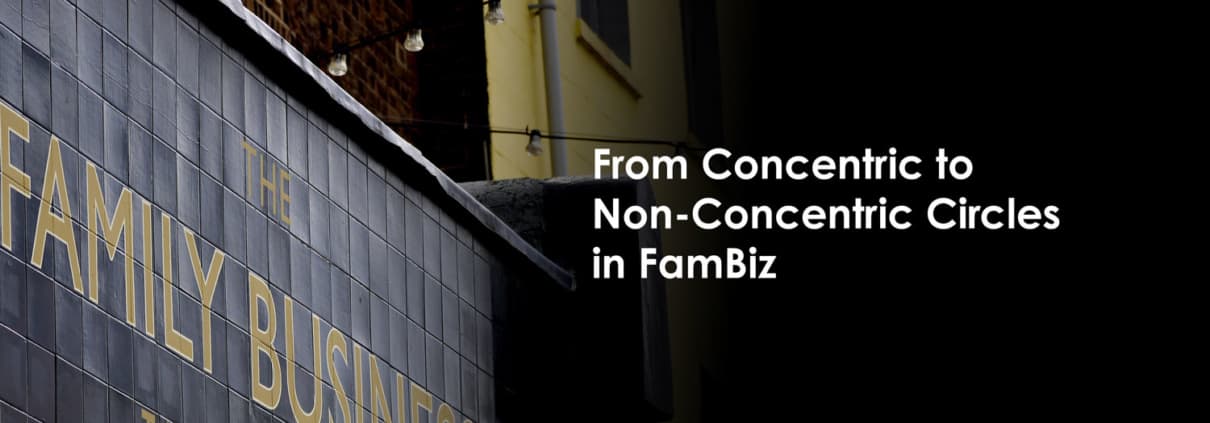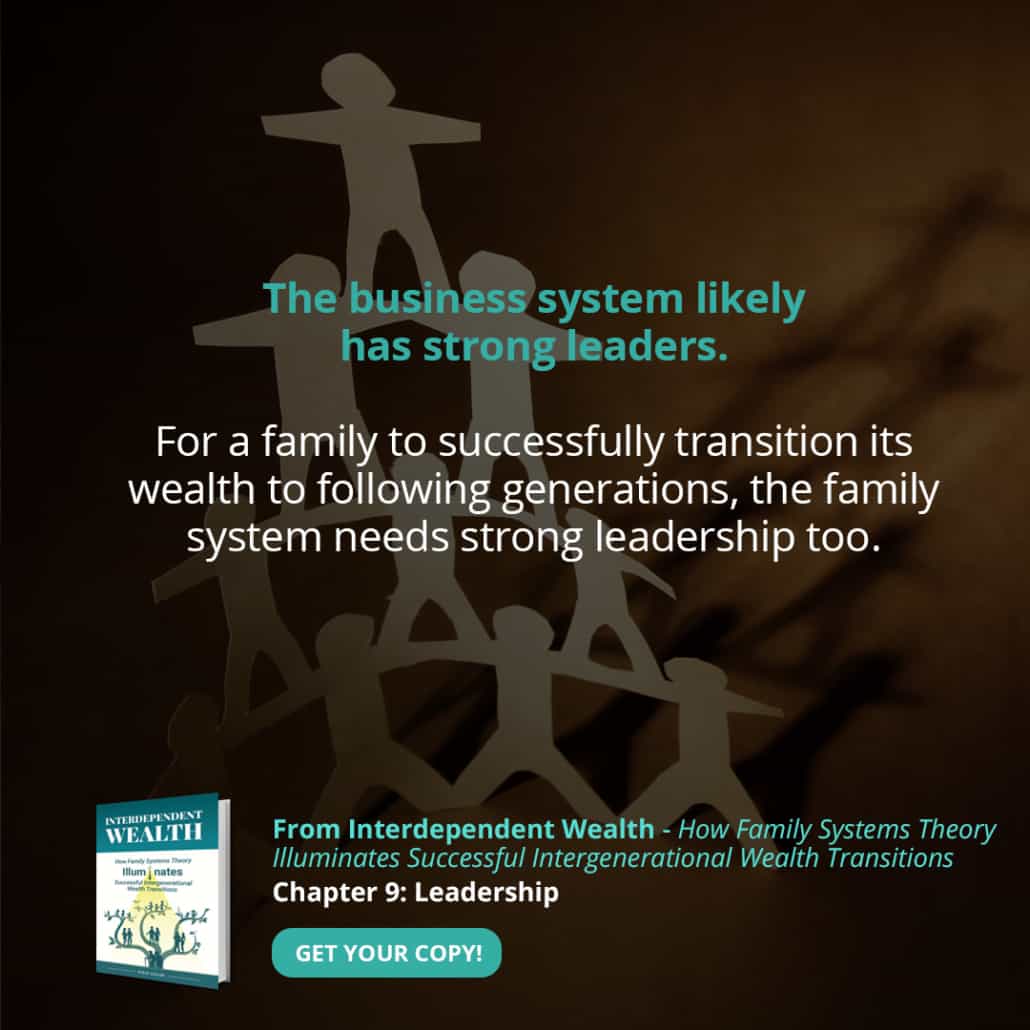A Story about Distributed Leadership
So many family businesses face similar issues, especially when they’re faced with the challenge of moving from the founding generation to “G2”.
The stories are never identical, but the idea of going from one person who loves to control everything, to a group of people working together is something that trips up many families.
And sometimes when the resulting business is very successful and it becomes a very large entity, the problems this creates can become huge too.
A Case Shared with a Peer Group
I’m privileged to belong to a number of peer groups where we talk about cases together, so we can learn from each other and sometimes get ideas when we’re stuck.
This week’s blog is about one such case, or maybe it was two (?)
Well, it was one such episode of sharing, that happened to cover two family business situations, that shared many similarities.
This was a few months ago, so the details aren’t necessarily “fresh”, but since I wouldn’t want to divulge too much, it’s better that way.
Also, the point about the “non-concentric circles” is the one I want to make, so the particular case details aren’t really that germane.
Replacing One Dominant Central Leader
The case(s) featured one main founder who had a family of successors, none of whom had anywhere near the potential to succeed their father in all of his success, which isn’t at all uncommon.
As noted, when the success is really rapid (within one adult lifetime) and large (thousands of employees, global presence) it’s almost impossible to expect that any one of the offspring will be able to simply step into the founder’s shoes.
It would likely be a recipe for failure in both the business, and then also the family, if they even tried.
In the case we were presented, that founder was the main leader in all three circles: Business, Family, and Ownership.
See Three Circles + Seven Sectors = One A-Ha Moment (from 7 years ago)
Leadership Doesn’t Show Up “Overnight”
The rising generation, who were all adults when Dad passed away suddenly, were all involved somewhere in the businesses, but none of them had the experience or the gravitas to take the helm, or helms, that their father held.
My colleague who presented the case had been involved in getting things on track so that the company would thrive and the family could remain successful in owning the business for the long term.
For the business, there were already lots of qualified non-family leaders in many places, so the business did not suffer much.
The ownership was also pretty clear, in terms of who rightfully owned what percentages of the shares, and it was relatively simple.
How about the family?
The Family Circle: A “Left-Over” Concern?
If you have any experience with family businesses, you’ll likely know that the family is often the last concern, because everybody loves each other and so let’s just concentrate on making money and they’ll all be happy.
I hope readers recognize that much of that last sentence was written in jest.
A better way to put it is that the family is never a problem, until it is. And then it’s usually a huge problem.
Thankfully this family brought in some top advisors to work with them to make sure that the family problems remained at bay.
Many Opportunities for Many Leaders
Over the months and years that the consultants worked with the family, they ended up developing a number of opportunities for a handful of family members to step up into leadership roles.
They formed a family council, and a number of committees emerged from that structure, with different family members assuming key roles.
An “ownership council” was also created, resulting in the rising generation of the family learning how to work together in a variety of new ways.
Whereas their father was at the center of all of these circles during his lifetime, the next generation converted that to a series of different circles, with different people taking leadership roles.
Ultimately, this results in a much more stable structure for the family, the ownership, and the businesses that they own.
Serendipitous Timing
As I’ve noted previously, my social media posting is done by a third party, so I never know the timing of the content that I’ve produced showing up on my feeds.
Last week a post promoting my latest book appeared, reading:
The business system likely has strong leaders
For a family to successfully transition its wealth to following generations, the family system needs strong leadership too
Good timing!






